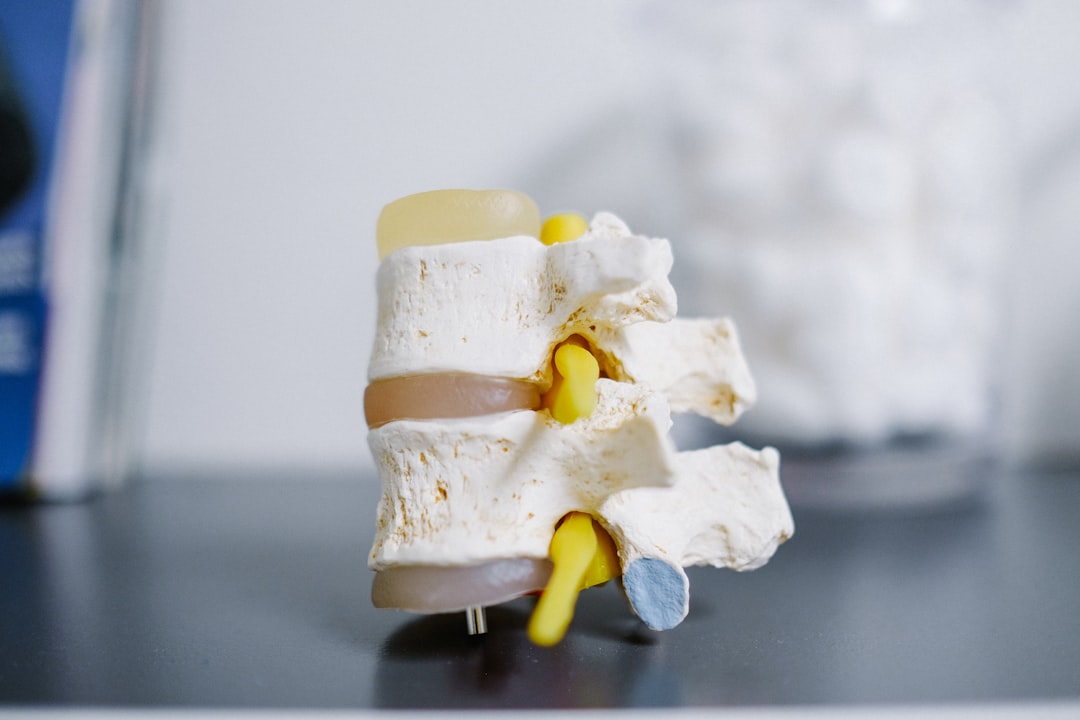What is it about?
Individuals with transfemoral amputation (TFA) can expand the variety of activities for daily living by using a prosthetic knee with a non-microprocessor-controlled stance-yielding prosthetic knee that can decelerate prosthetic knee flexion. However, we have not quantified how they use this functionality during ramp descent.
Featured Image
Why is it important?
This study showed the variability of how the users of a stance-yielding knee use its functionality during ramp descent. This supports the importance of individual evaluation and training for the use of additional mechanisms equipped with a prosthetic knee.
Perspectives
The stance-yielding mechanism has been used both for non-microprocessor and microprocessor knees (NMPKs and MPKs). The current results can be a foundation for future studies on ADLs using advanced prosthetic knee components (both NMPKs and MPKs).
Yusuke Okita
National Cancer Center Hospital
Read the Original
This page is a summary of: Intra-individual biomechanical effects of a non-microprocessor-controlled stance-yielding prosthetic knee during ramp descent in persons with unilateral transfemoral amputation, Prosthetics and Orthotics International, July 2018, SAGE Publications,
DOI: 10.1177/0309364618789453.
You can read the full text:
Contributors
The following have contributed to this page










